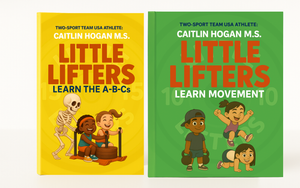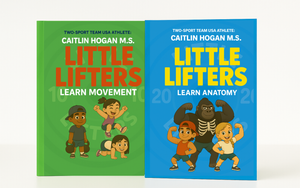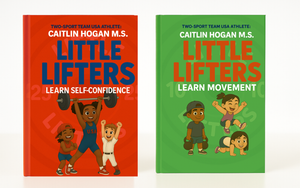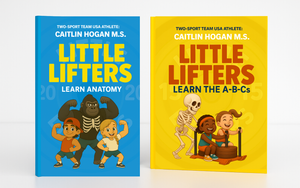🌀 Rock, Roll & Rewire: Why Rolling is a Movement Superpower
Rolling might look like just play—but it’s one of the most powerful tools for developing your child’s coordination, balance, and brain-body connection.
Whether they’re rolling like a log, doing forward somersaults, or spinning in place, this movement teaches kids how to understand where their body is in space—a crucial skill for almost everything: walking, writing, sports, and even sitting upright in class.
🧠 Why It Matters
Rolling helps kids:
-
Process movement through space (proprioception)
-
Develop balance and vestibular awareness
-
Improve motor planning and coordination
-
Build core strength and spatial orientation
It also stimulates the vestibular system, which plays a key role in keeping kids balanced and calm.
🧒 Movement by Age Group
▶️ Ages 2–4:
Activity: “Rolling Pins”
-
Lay side by side with your child and roll slowly across a carpet like kitchen rolling pins.
-
Add silly sound effects for extra fun!
Activity: “Teddy Bear Rolls”
-
Sit with knees hugged and gently roll backward and forward like a rock.
-
Bonus: Count each roll out loud together.
Goal: Boost spatial awareness, rhythm, and body mapping.
▶️ Ages 5–7:
Activity: “Somersault Safari”
-
Practice forward rolls on a soft mat or grass.
-
Set up stuffed animals on either side and pretend to roll through a jungle!
Activity: “Rolling Relay”
-
Take turns rolling from one side of the room to the other, timing each other or playing music for added energy.
Goal: Enhance trunk control, spatial navigation, and vestibular balance.
▶️ Ages 8–10:
Activity: “Twist + Roll Flow”
-
Combine a seated twist with a backward roll or shoulder roll (with guidance).
-
Focus on smooth transitions and body control.
Activity: “Log Roll Obstacle Course”
-
Roll around cones or over pillows—add turns, pauses, or silly instructions mid-roll.
Goal: Refine motor planning, body control, and directional changes.
🔬 Science Spotlight
Rolling stimulates the vestibular system (inner ear + brain), which is key for balance, coordination, and calming. It also activates proprioceptors (body awareness sensors) and strengthens motor planning—helping kids understand how to move through space smoothly and intentionally.
This is especially helpful for kids who are clumsy, distracted, or struggle with transitions.
💡 Parent Tip:
Do it with them! Rolling together not only builds physical skills but also connection, confidence, and creativity. Just don’t be surprised if you’re the one who gets dizzy first. 😉




0 comments